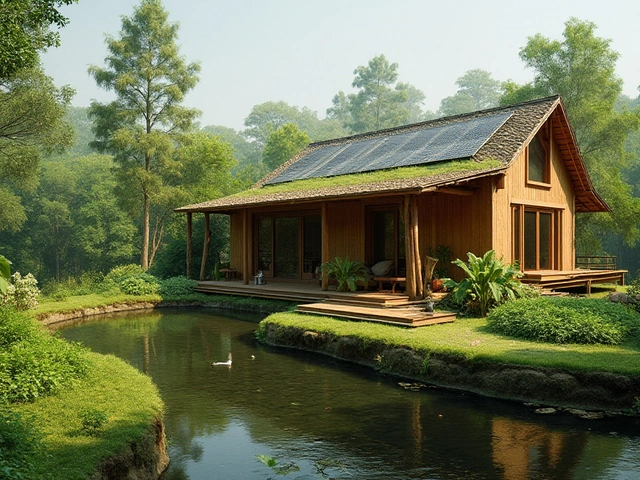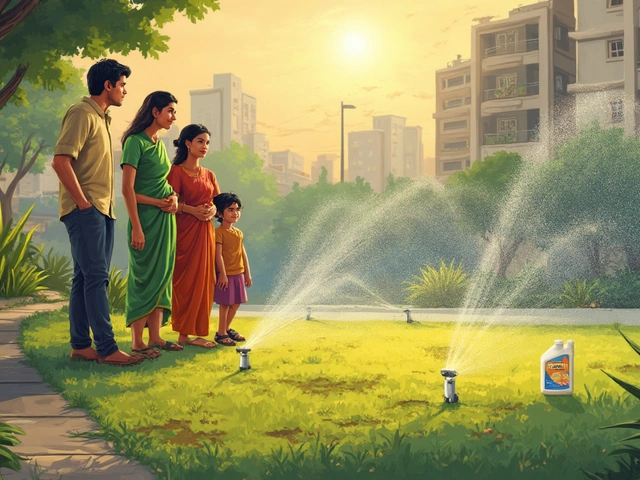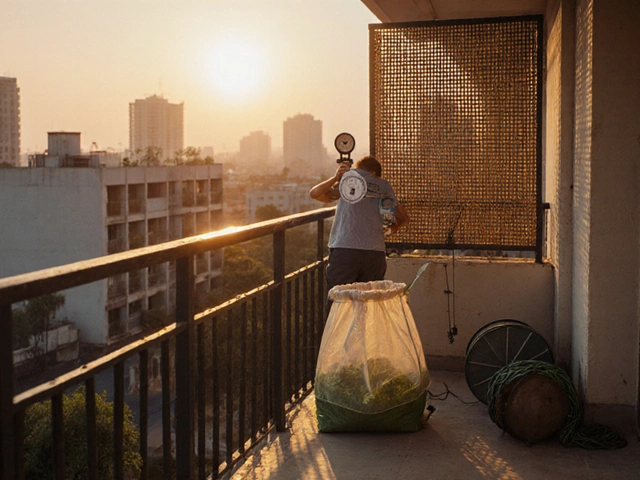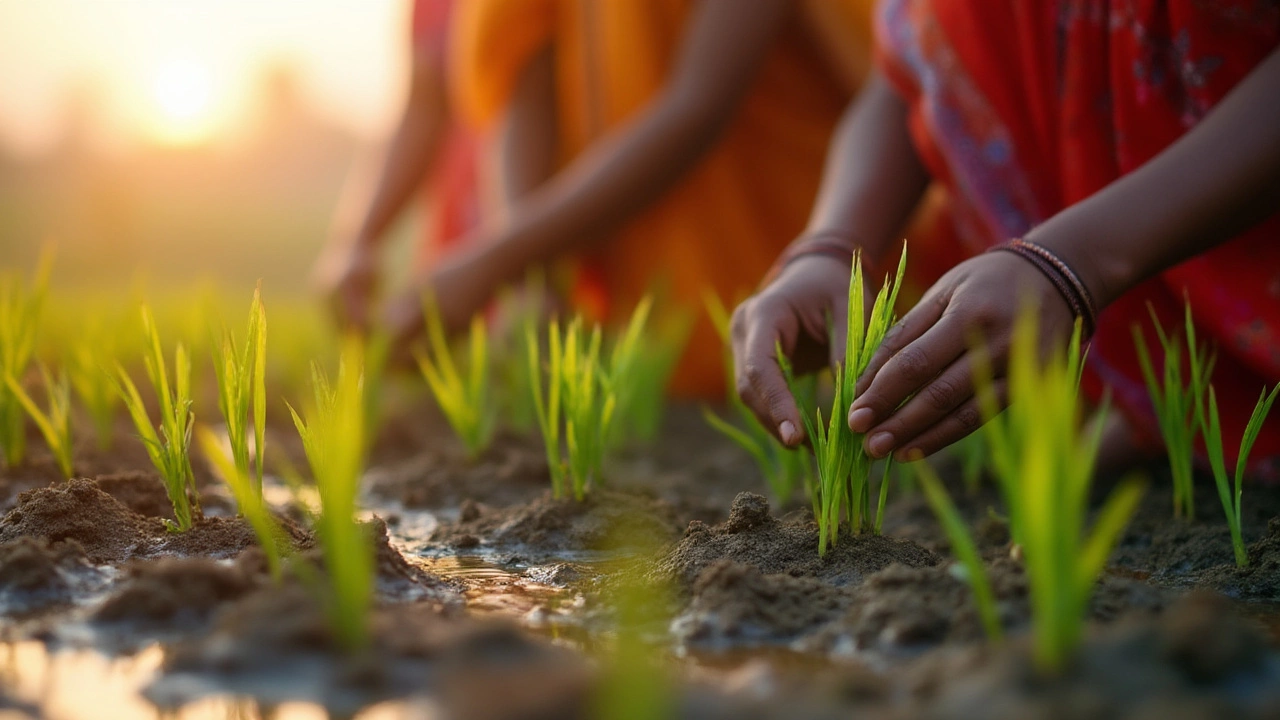Planting Rice Seeds: Easy Guide for Beginners
Want a good rice crop but not sure where to start? Planting rice seeds is easier than you think. With a few basic steps you can set up a healthy paddock, even if you only have a small plot. This guide walks you through everything you need – from picking the right seed to the day‑to‑day care after sowing.
Choosing the Right Seed and Preparing Your Bed
First, pick a variety that matches your climate. In India, Basmati works well in the north, while IR-64 or Sona Masoori are better for humid zones. Look for certified seeds; they guarantee purity and higher germination rates.
Next, test the soil. Rice thrives in loamy, water‑retentive soil with a pH of 5.5‑6.5. If your ground is heavy clay, mix in sand and well‑rotted compost to improve drainage and aeration. A simple trench test – dig a 30 cm hole, fill with water, and watch how long it stays – tells you if the soil holds moisture enough for seedlings.
Level the field and create a slight slope (about 1‑2%) to help water flow evenly. Clear weeds, rocks, and debris. A smooth, even surface prevents seed clumping and makes transplanting later much easier.
Step‑by‑Step Planting Process
1. **Soak the seeds** – place clean seeds in water for 24‑48 hours. Soaking triggers germination and speeds up sprouting.
2. **Prepare the nursery** – spread a thin layer of moist soil in a shaded area and scatter the soaked seeds. Cover lightly with soil and keep it damp. In 7‑10 days you’ll see tiny shoots.
3. **Transplant to the main field** – when seedlings are 5‑7 cm tall, move them to the prepared paddock. Space them 20‑25 cm apart in rows 30 cm apart. This spacing gives each plant room to grow and makes weeding simpler.
4. **Flood the field** – bring water up to 5‑10 cm above the soil. Rice needs standing water for at least 3‑4 weeks after transplanting. Keep the water level steady; too low stresses the plants, too high can drown them.
5. **Watch for pests and nutrients** – a quick scan every few days helps you catch weeds, insects, or yellowing leaves early. Apply a balanced organic fertilizer (like composted cow dung) at 30 kg per hectare before flooding, then a top‑dress midway through the growth stage.
6. **Drain and harvest** – about 120‑150 days after planting, drain the field and let the soil dry for a week. Cut the stalks at ground level, bundle, and let them dry in the sun for a couple of days before threshing.
Follow these steps and you’ll have a solid rice yield without needing fancy equipment. Remember, the key is good seed, proper water management, and regular checks during the growing phase. Happy planting!
How Deep to Plant Rice: Best Depths, Mistakes, and Expert Tips
Planting rice at the right depth might sound simple, but it's key for healthy crops. Find out the science behind the best rice planting depth and get hands-on advice for perfect results.
About
Rice Cultivation
Latest Posts


Does Apple Cider Vinegar Work as a Natural Insecticide? Facts, Recipes & Results
By Alden Thorne Jun 26, 2025

Most Unsustainable Thing? Grass Lawns and the Gardening Problem
By Alden Thorne May 3, 2025

Best Liquid to Water Plants: What Actually Works?
By Alden Thorne May 9, 2025

